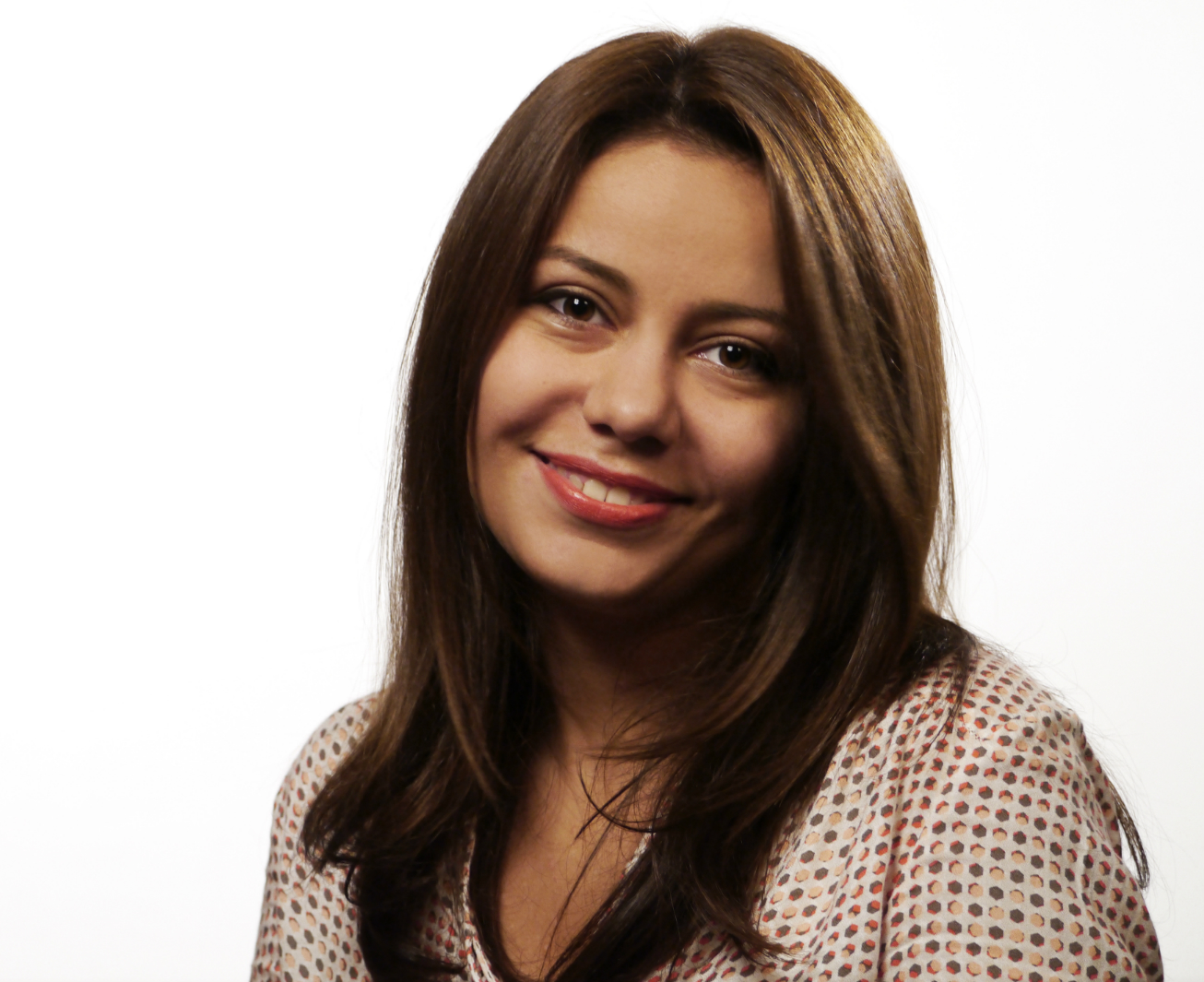During the summer school on multimedia journalism organized by Internews Media Support NGO, Gegham Vardanyan asked me and a few of my journalist colleagues where we keep our photos.
“In Facebook” was the response. Turns out, few kept their photos in “more secure” sites, such as, for example, Picasa.
During a multimedia course organize by TOL in Prague, “Where do you keep your photos?” was again asked, this time by Kevin Anderson (who at one time worked for such well-known news agencies as the BBC and The Guardian). On his advice, we opened an account with Picasa’s “sister website” Flickr.
These seminars completely changed my attitude toward copyright of images. I knew what general copyright was even before, but it turns out that I often violated it. Now I myself explain to others how they can follow “the rules of fair game” — though it seems that in Armenia, respecting others’ copyright falls outside the plans for the near future.
If in this matter we try to compare ourselves with Western journalists, even if we really wanted to, it would be simply impossible. In truth, Armenian journalists, editors, and managers steal: it’s widespread robbery. And they steal everything — ideas, text, photos, video and still more. To put it using new terminology: “We’re taken by copy-paste”.
And as a result, visiting news sites in the morning, you can find the same text with the same punctuation errors and typos.
Let me cite one of the most recent examples of copyright violation. About two or three weeks ago, one of my colleagues had prepared a video on the national census not yet begun at the time. The content of the video was approximately this: she, the journalist, was knocking on random doors to find out how prepared residents were to open the door to strangers (in this case, the census taker) and whether they try to confirm that the person before them is really a census taker or not.
A few days ago, I’m flipping the channels on television and what do I see? This same colleague of mine (the author of the film on the national census) is again knocking on doors — this time after the census has been conducted.
Turning up the volume, I discover, no, it’s not her voice. Then I notice this isn’t even our TV station, and it’s not that my colleague is knocking on doors again, but that these are the same clips from the original footage.
It turns out that some reporter from some TV station, in preparing a piece on the census, decided to omit unnecessary hardship and some editor approved that idea. As a result, my journalist colleague appears in another TV company’s broadcast in the role of a real census taker.
Dear TV viewer, well now try and understand who’s who in this story. What’s one reference? People aren’t even up to doing that.
I assure you, this is not the first nor the last case of plagiarism. The worst is that we’re living in an Internet age and we understand very little from it.
To not violate others’ copyrights only demands one to two additional minutes from us. Isn’t it so that there are people who allow others to freely use the material they published on the web? On this principle, I have uploaded a video which explains how to respect others’ copyrights.
Sona Kocharyan
TV reporter
School: No 89 school named after Daniel Varujan
University: Yerevan State Linguistic University named after Valery Brusov
Favorite book: Aydin Morikyan’s “The Lonely Old Man Who Was Searching for an Interlocutor”
Favorite music: rock
Favorite sport: football (soccer), table tennis
Favorite expression: “Life is now, let’s live it up”







